At 8 am on August 6, 1945, a device with the power of 12,500 tons of dynamite exploded over a city in southern Japan. It was the first atomic bomb ever dropped on a populated area. Japan developed into a world power towards the end of the nineteenth century. In the wake of its first war with China, which ended in 1895, Japan extended its sphere of influence to Korea. After defeating Russia in 1905, it expanded into Manchuria as well. In 1936, Japan signed the Anti-Comintern Pact with Germany and Italy, and in 1940 joined the Axis military and political alliance with Rome and Berlin. In the opening phase of World War Two, Japan achieved a series of military successes in China, Malaysia, and the Philippines. Worried by Japanese expansionism, the US imposed a naval block on the Asian country. Japan was totally dependent on maritime trade within the Pacific, and decided to launch a surprise attack, bombing the US naval base in Pearl Harbor, Hawaii on December 7, 1941. The two countries were now at war.
Making the most of its surprise attack, initially Japan appeared to prevail over the US. But starting in 1942, the Japanese began losing ground. The US offensive heated up, bombing Japan directly starting in 1944. The war was lost, but Japan refused to surrender unconditionally and was ready to sacrifice its soldiers to the last man. To avoid drawing out the conflict, and to prove to the world that the US possessed a lethal weapon, President Harry Truman decided to use a previously unheard-of device, the atomic bomb. On August 6 1945, an American B-29 dropped the first atomic bomb, which exploded in the sky above Hiroshima. Three days later, on August 9, Nagasaki was also hit. At least 120,000 people died, but over the following years an additional 300,000 would die as a result of radiation. Even years later, the radioactivity continued to cause birth defects On September 2, 1945, Japan surrendered unconditionally. The country was in the hands of the victors. The first atomic bombing marked the beginning of the nuclear nightmare. The US and the Soviet Union, which soon closed the technological gap and built its own bomb, held the planet’s destiny in their hands. This was the beginning of the Cold War. For many decades, a tenuous peace called the “balance of terror” was maintained, based on the reluctance of the two countries to face a mutually destructive nuclear war.
Making the most of its surprise attack, initially Japan appeared to prevail over the US. But starting in 1942, the Japanese began losing ground. The US offensive heated up, bombing Japan directly starting in 1944. The war was lost, but Japan refused to surrender unconditionally and was ready to sacrifice its soldiers to the last man. To avoid drawing out the conflict, and to prove to the world that the US possessed a lethal weapon, President Harry Truman decided to use a previously unheard-of device, the atomic bomb. On August 6 1945, an American B-29 dropped the first atomic bomb, which exploded in the sky above Hiroshima. Three days later, on August 9, Nagasaki was also hit. At least 120,000 people died, but over the following years an additional 300,000 would die as a result of radiation. Even years later, the radioactivity continued to cause birth defects On September 2, 1945, Japan surrendered unconditionally. The country was in the hands of the victors. The first atomic bombing marked the beginning of the nuclear nightmare. The US and the Soviet Union, which soon closed the technological gap and built its own bomb, held the planet’s destiny in their hands. This was the beginning of the Cold War. For many decades, a tenuous peace called the “balance of terror” was maintained, based on the reluctance of the two countries to face a mutually destructive nuclear war.
RELATED
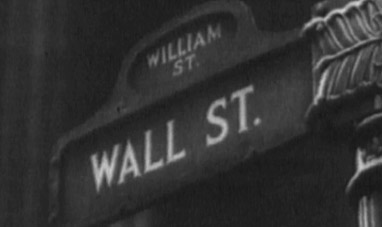

THE WALL STREET CRASH OF 1929
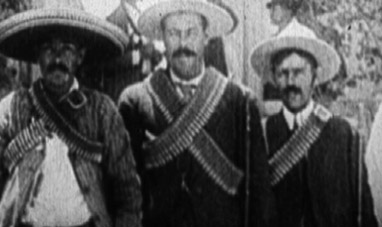

THE MEXICAN REVOLUTION
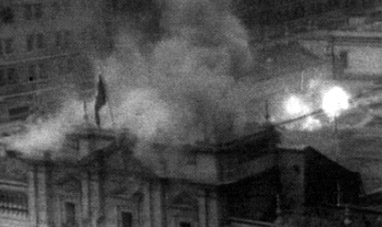

THE 1973 CHILEAN COUP
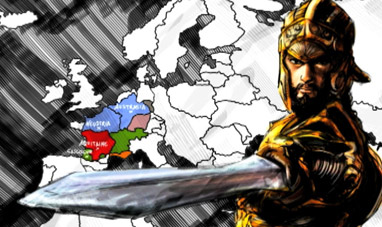

THE BATTLE OF TOURS
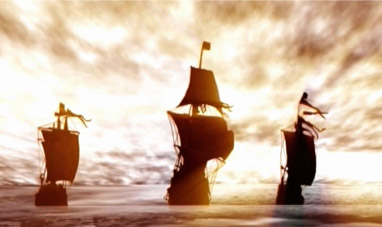

DISCOVERY OF AMERICA, THE
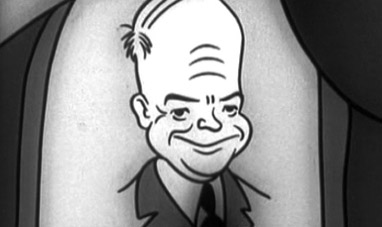

DWIGHT EISENHOWER
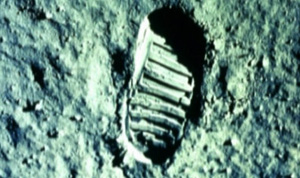

THE FIRST MOON LANDING
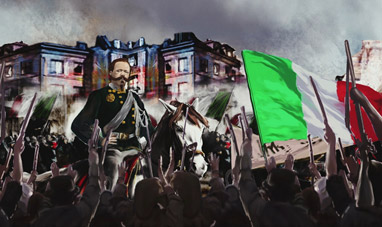

THIRD ITALIAN WAR OF INDEPENDENCE
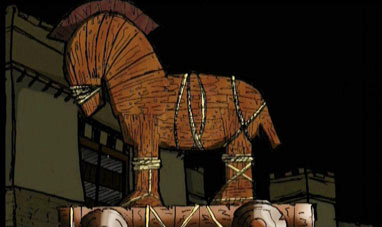

THE TROJAN WAR
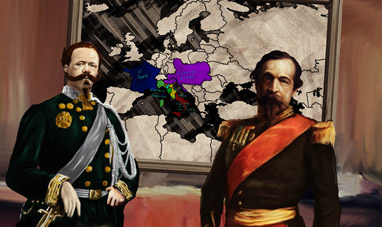

PLOMBIÈRES AGREEMENTS


THE CUBAN MISSILE CRISIS
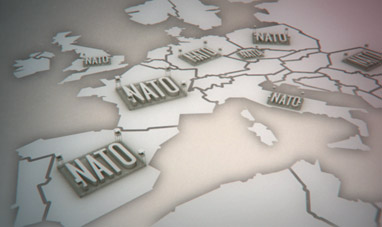

NATO (NORTH ATLANTIC TREATY ORGANIZATION)


GIRO D'ITALIA
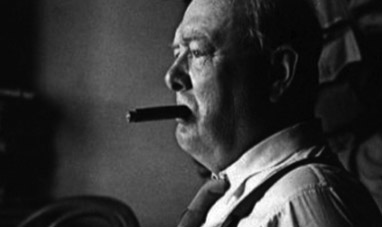

WINSTON CHURCHILL
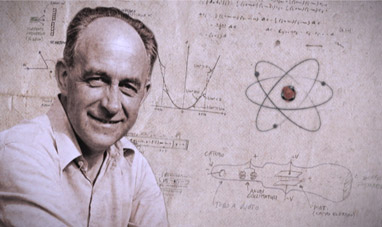

ENRICO FERMI


EMPEROR HIROHITO
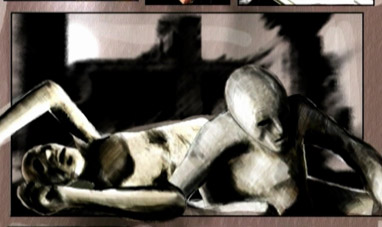

THE DESTRUCTION OF POMPEI
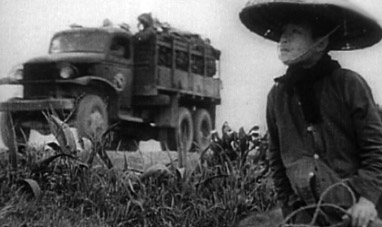

THE VIETNAM WAR
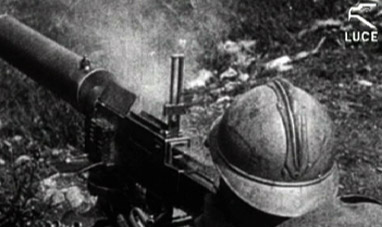

WORLD WAR I
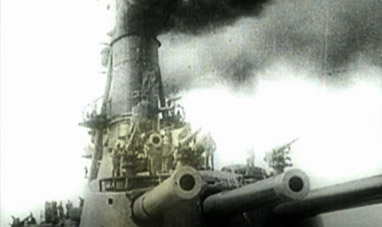

THE OUTBREAK OF WORLD WAR I


SECOND ITALIAN WAR OF INDEPENDENCE


FIRST ITALIAN WAR OF INDEPENDENCE


THE ADVENT OF NAZISM


WORLD WAR II


THE BATTLE OF AUSTERLITZ
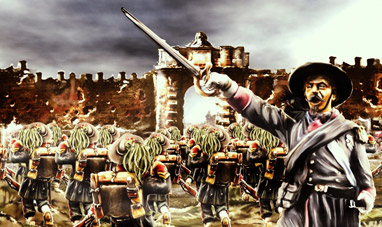

CAPTURE OF ROME
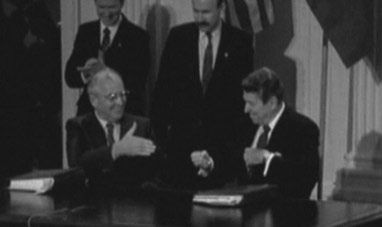

THE COLD WAR


THE PROTESTANT REFORMATION
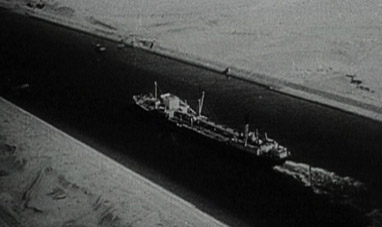

THE SUEZ CRISIS
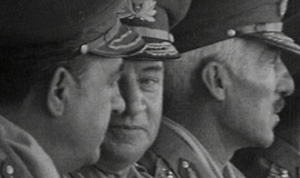

THE GREEK MILITARY COUP


ADOLF HITLER
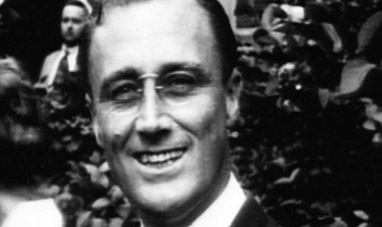

FRANKLIN DELANO ROOSEVELT
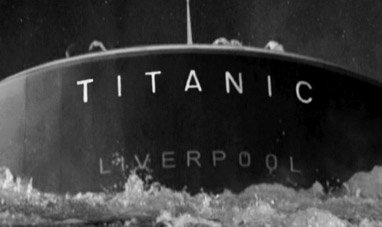

THE SINKING OF THE TITANIC
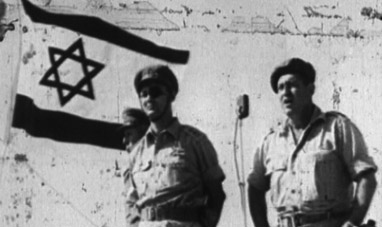

THE SIX DAY WAR
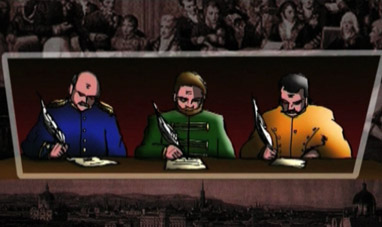

THE CONGRESS OF VIENNA
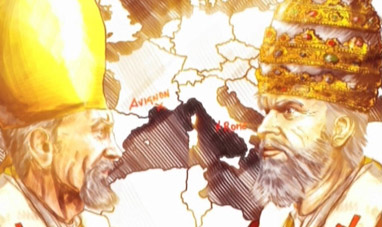

WESTERN SCHISM, THE
